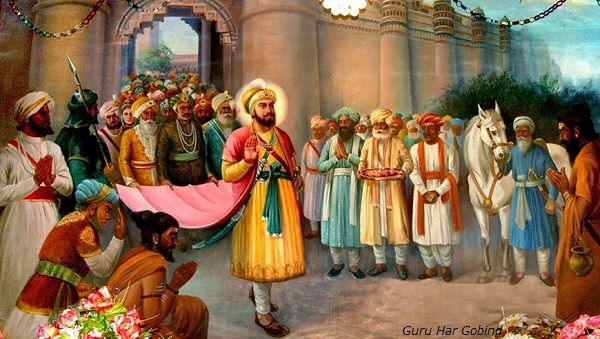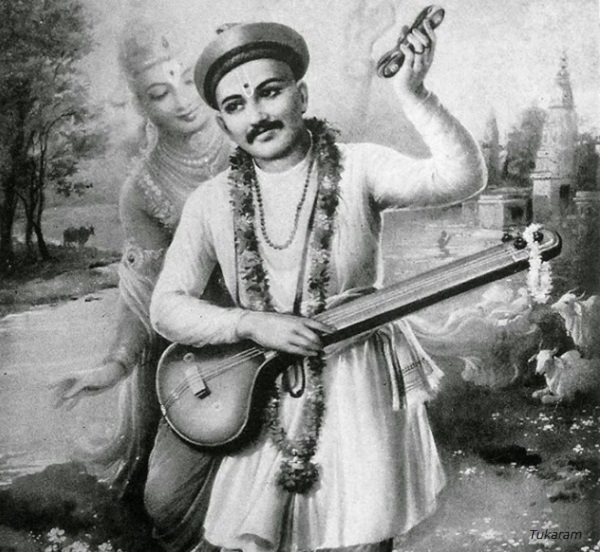
- Medieval Indian History - Home
- Kingdoms of North India
- The Rajputs
- The Invaders
- Delhi Sultanate
- The Khilji Sultans
- Tughlaq Sultans
- Lodi Sultans
- New Kingdoms
- Religion
- The Sikh Movement
- Babur’s Advent into India
- Major Battles
- Significance of Babur's Conquest
- Humayun’s Conquest
- Humayun’s Downfall
- Sur Empire
- Akbar the Great
- Early Phase of Akbar’s Reign
- Expansion of Mughal Empire
- Akbar’s Administrative System
- Akbar’s Organization of Government
- Akbar’s Relation with Neighbours
- Rebels during Mughal Empire
- Deccan & South India
- Conquest of South – I
- Conquest of South – II
- Deccan’s Cultural Contribution
- Political Development Mughals
- Nur Jahan
- Shah Jahan’s Rebel
- Mughals’ Foreign Policy
- Mansabdari System
- Social Life under the Mughals
- Nobles & Zamindars
- Trade & Commerce
- Mughals’ Cultural Developments
- Language, Literature & Music
- Religious Ideas & Beliefs
- Problems of Succession
- Aurangzeb’s Reign & Religious Policy
- North-East India
- Popular Revolts & Movements
- Rise of Maratha
- Administrative System of Shivaji
- Aurangzeb & Deccani States
- Reference and Disclaimer
Religious Ideas and Beliefs
Amongst the new Bhakti movements were the Sikh movement in the Punjab and the Maharashtra Dharma in Maharashtra.
The Sikh movement had its origin with the preaching of first Sikh Guru Nanak. But its development is closely linked with the institution of Guruship.
The first four Gurus of Sikh followed the tradition of quiet meditation and scholarship. However, the fifth Guru, Arjun Das, completed the compilation of the Sikh scriptures popular as the Adi Granth or Grant Sahib.
To emphasize that the Guru combined both spiritual and worldly leadership in his person, he began to live in an aristocratic style. He erected lofty buildings at Amritsar, wore fine clothes, kept fine horses procured from Central Asia and maintained retainers in attendance.
Guru Arjun Das started a culture of collecting offerings from the Sikh community at the rate of one-tenth of their income.
Akbar had been deeply impressed with the Sikh Gurus and, probably he also visited them at Amritsar. But later, a clash began with the imprisonment and killing of Guru Arjun Das by Jahangir on a charge of helping rebel prince, Khusrau, with money and prayer.
After Arjun Das, Guru Har Govind became Sikh Guru. He was also imprisoned for some time, but soon he was set free.
Guru Har Gobind developed friendly relations with Jahangir and accompanied him on his journey to Kashmir just before his death. However, Guru Har Gobind clashed with Shah Jahan on a hunting issue.

There were a series of skirmishes and ultimately the Guru retired to the Punjab foothills where he did not interfere with.
By the time of Guru Har Gobind, Sikh Guru had sizeable followers, including a Pathan contingent led by Painda Khan. However, the occasional conflict between the Gurus and the Mughal rulers remained there, but that was personal and political rather than religious.
Dara Shikoh, the eldest son of Shah Jahan, was by temperament a scholar and a Sufi who loved to discourse with religious divines. With the help of Brahmanas of Kasi, Dara got the Gita translated into Persian.
Dara declared the Vedas to be "heavenly books in point of time" and in conformity with the holy Quran," thus underlining the belief that there was no fundamental difference between Hinduism and Islam.
Dadu (a saint of Gujarat), preached a non-sectarian (nipakh) path. He refused to relate himself with either the Hindus or the Muslims, or to bother with the revealed scriptures of the two, asserting the indivisibility of the Brahma or the Supreme Reality.
Tukaram from Pandharpur, Maharashtra began a liberal trend of Bakhti movement, which later became the center of the Maharashtra Dharma. In addition, here, worship of Vithoba (a form of Vishnu), had become popular.
The same liberal tread can be seen in the life and works of Tukaram, the supreme exponent of Shake in Maharashtra at Pandharpur, which had become the centre of the Maharashtra Dharma and where worship of Vithoba, a form of Vishnu, had become popular.
Tukaram, who was probably born in a sudra (lower caste) family used to do puja (worship) to the god with his own hand (worship of God by sudra was strictly prohibited at that time).

The sentiments of the orthodox Hindus were echoed by Raghunandan of Navadwipa (Nadia) in Bengal. He was the most influential writer of Dharamshastras (of medieval period). He claimed that none other except Brahmanas had the right to read the scriptures or to preach.
Raghunandan, further, said that in the Kali age, there were only two varnas (caste), i.e. Brahmanas and Sudras. The true Kshatriyas having disappeared long ago and the vaishyas and others having lost their caste status due to the non-performance of appropriate duties.
Considered to be the most influential writer on the Dharamshastras during the medieval period, Raghunandan asserted the privileges of the Brahmans stating that none other except the Brahmans had the right to read the scriptures or to preach.
Muslim Bhakti Movements
Among the Muslims, the trend of tauhid practiced, and was supported by many leading Sufi saints, but a small group of the orthodox ulama reacted against this practice and also the liberal policies of Akbar.
The most renowned figure in the Muslim orthodox and revivalist movement of the time was Shaikh Ahmad Sirhindi. He is a follower of the orthodox Naqshbandi school of Sufis which had been introduced in India during Akbars reign.
Shaikh Ahmad Sirhindi opposed the concept of pantheistic mysticism (touhid) or the belief in the unity of Godhead, denouncing it as un-Islamic. He, further, also opposed all those practices and beliefs, which were due to the influence of Hinduism, such as the use of music in religious gatherings (sama), excessive meditation, visiting tombs of saints, etc.
In order to assert the Islamic character of the state, Shaikh Ahmad demanded re-imposition of jizyah, a stern attitude towards the Hindus and the minimum association with them by the Muslims.
The ideas of Shaikh Ahmed, however, had little impact. Jahangir even imprisoned him for claiming a status beyond that of the Prophet and released him only after his withdrawal. Further, even Aurangzeb did not pay any special attention to his son and successor.
From above discussion, it is clear that the influence of the orthodox thinkers and preachers was limited, being necessarily confined to the narrow circles.
The prestige and influence of the narrow, orthodox elements, and their re-assertion of narrow ideas and beliefs, however, was a barrier to the growing process of understanding and tolerance among the votaries of the two leading religions, namely Hinduism and Islam, and a hindrance to the process of cultural integration. The conflict these two ideas surfaced out during the Aurangzeb's reign.